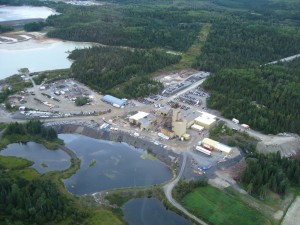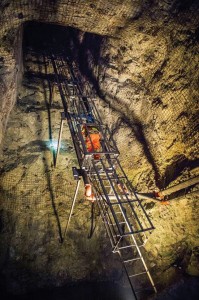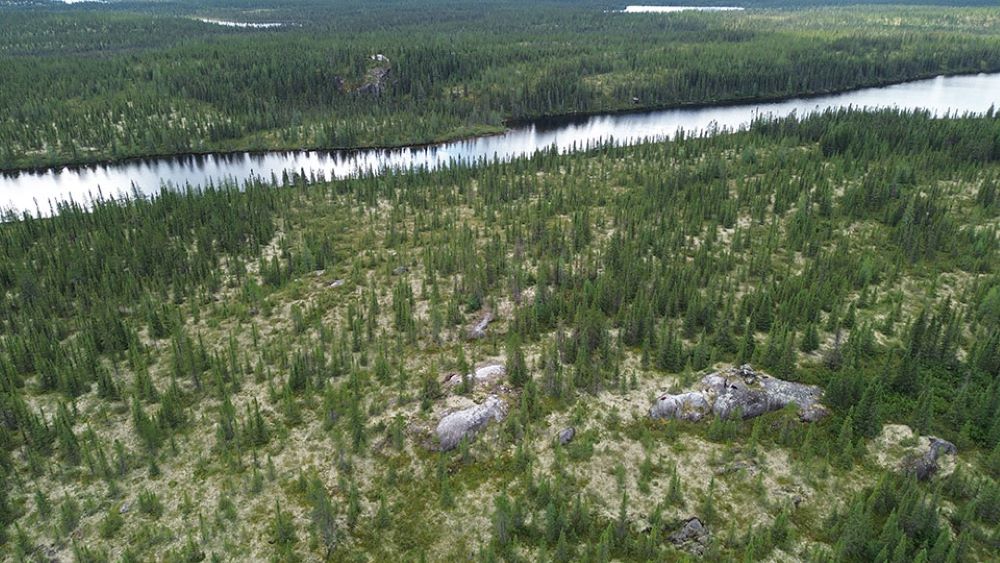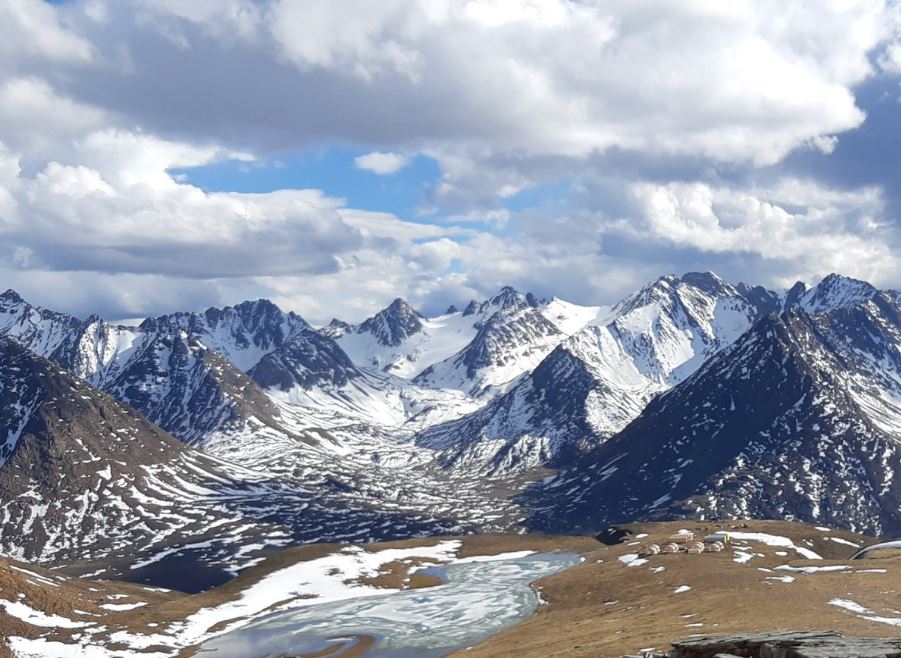KL Gold’s merger with St Andrew adds ounces, new hope
For most of the last century, residents of Kirkland Lake, Ont. liked to boast that their community was “the town that stands on a mile of gold,” and that was pretty close to the truth.
The skyline near the town was dominated by the headframes of some of the more prolific gold mines in the world – the Lakeshore, the Wright- Hargreaves, the Teck-Hughes, and the Macassa – that produced more than 50 million ounces of the most precious of metals.
By the end of the 1960s, all of those mines, except the Macassa, had closed. The Macassa produced its last gold in 1998 and as a result, Kirkland Lake’s days as a mining powerhouse appeared to be over.
Municipal politicians even turned to some seemingly outlandish schemes to revive the local economy – like hauling Toronto’s garbage north by rail and burying it abandoned mine shafts,.
Such ideas came to nothing, and local residents were thankful for that.
In mid-January, KL Gold completed a transaction that will significantly enhance its output, its market value, and its mid to long-term prospects.
The company’s shareholders approved a merger with St.Andrew Goldfields, which has resuscitated three historic gold mines in the Timmins area.
And, with that one bold stroke, KL Gold has become a diversified, mid-sized exploration and production company with four operating mines, two mills, and 2016 output that should exceed 260,000 ounces of gold that could go as high as 310,000.
“It makes for a very strong company,” says President and Chief Executive Officer George Ogilvie. “When you combine the two entities, you’re looking at a market capital of $610 to $620 million that will unlock value for both Kirkland Lake and St. Andrew shareholders.”
Along with the Macassa, the company’s other assets in the Kirkland Lake camp include the Wright-Hargreaves, Lakeshore, Teck-Hughes and Kirkland Minerals mines.
To date, KL Gold has only rejuvenated the Macassa. “It had just been closed in the late 1990s,” Ogilvie says. “It made the most sense to de-water, and then go in and explore to increase the reserves and resources.”
The company de-watered to the 4,700-foot level and, in late 2003, launched an exploration program that led to the discovery of the South Mine Complex, which begins at about 4,700 feet underground.
Delineation drilling from surface revealed a deposit of 1.5 million ounces at an average grade of 19 grams per tonne, and within that are one million ounces at 22 grams per tonne.
KL Gold is currently mining on four different horizons and to a depth of 5,400 feet in the South Mine Complex. The deposit accounts for 75 per cent of the company’s annual tonnage, with the balance coming from the Macassa, but 80 per cent of the gold produced due to the higher grades, says Ogilvie. And the grades at South Mine have been getting better as the company has drilled deeper.
Over the next two years, the company plans to undertake development work at the 5,600- and 5,700-foot levels and will begin extracting ore from those deeper horizons.
The Macassa and the South Mine Complex are not the end of the story though. They are, in fact, just the beginning. The company’s portfolio includes the four other historic properties and a large land package in the Kirkland Lake camp, and it has only begun to explore more broadly.
“We’ve done some regional drilling off the Macassa property and moving northeast toward Kirkland Minerals and Teck-Hughes,” says Ogilvie. “We completed a nine-hole program in the second half of 2015 and every hole intercepted mineralization at the 5,500 to 6,000-foot level.”
The company’s goal is to have a second mine up and operating within the next five to 10 years.
“The only way to do that is to have continued success with the drill bit and to increase the reserves and resources so we can make a business case for a second producing asset,” adds Ogilvie.
At the same time, Ogilvie and his team will be taking over the St. Andrew assets, which includes three producing mines – the Holt, the Holloway, and the Taylor – and a 3000-tonne-per-day mill, that was re-commissioned in 2009.
The St. Andrew portfolio also includes a large land package straddling the Porcupine Destor Fault Zone, and a fourth mine – the Hislop – that has not been put into operation.
The Holt is the largest producer. Its reserves exceed 500,000 ounces. St. Andrew was extracting 70,000 to 80,000 ounces per year, giving the mine a lifespan of five to six years with its current reserves. The Holloway has reserves of only 40,000 ounces, and a mine life of two years, while the Taylor holds 156,000 ounces and was brought into production last October.
The new owners will have to increase the reserves at all three sites and Ogilvie is confident there’s far more gold waiting to be discovered.
“St. Andrew has not had the money to push the capital development and to extend the ore body at Holloway,” he says. “They’ve been constrained. We see an opportunity over the next 12 to 24 months to move the development ahead, which can be funded through cash flow from operations.”
As for the Taylor mine, Ogilvie says: “The ore body is open across the strike and at depth. It’s got ramp access. Once we push the ramp down farther, we think there’s a definite opportunity to find a continuation of that ore body.”
KL Gold also has to take stock of the St. Andrew land package which extends for 120 kilometres across the Porcupine Dester Fault. Once that’s done, the company plans to begin drilling the most promising targets. However, the first priority is to increase reserves and resources in the Kirkland Lake camp.
“This year our exploration dollars outside the shadows of the headframes will be invested in Kirkland Lake,” Ogilvie says. “We know that land package extremely well. We’ve had some initial success, and the grades are exceptionally high.
We’re confident we can add ounces to our reserves very, very quickly.”







Comments